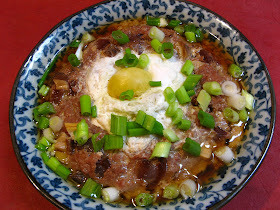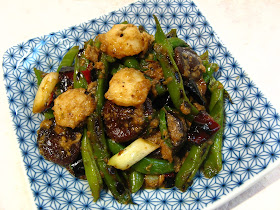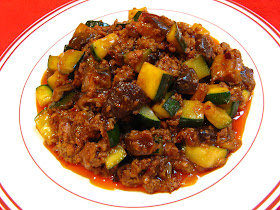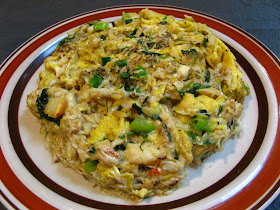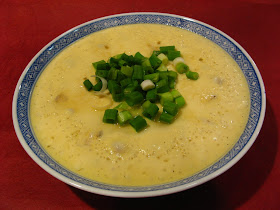This is a slightly spicier version of the Beef
Curry Hong Kong Noodles (咖哩牛肉炒雲吞麵, Gaa3 Lei1
Ngau4 Juk6 Caau2 Wan4 Tan1
Min6) recipe using Garam Maslala. Hong Kong noodles are thin egg
noodles and the literal translation in Cantonese is wonton noodles. While there
aren’t any wontons in this dish, these noodles are typically used together with
wonton in a soup broth, hence their name, and that leads to no end of confusion
if you use the literal translation. So you’ll find dishes named in English
referring to thin egg noodles, Hong Kong style noodles, and even vermicelli (whose
use isn’t quite correct). Adding cabbage gives the dish an added crunch when
you eat it in combination with the noodles.
Enjoy!


